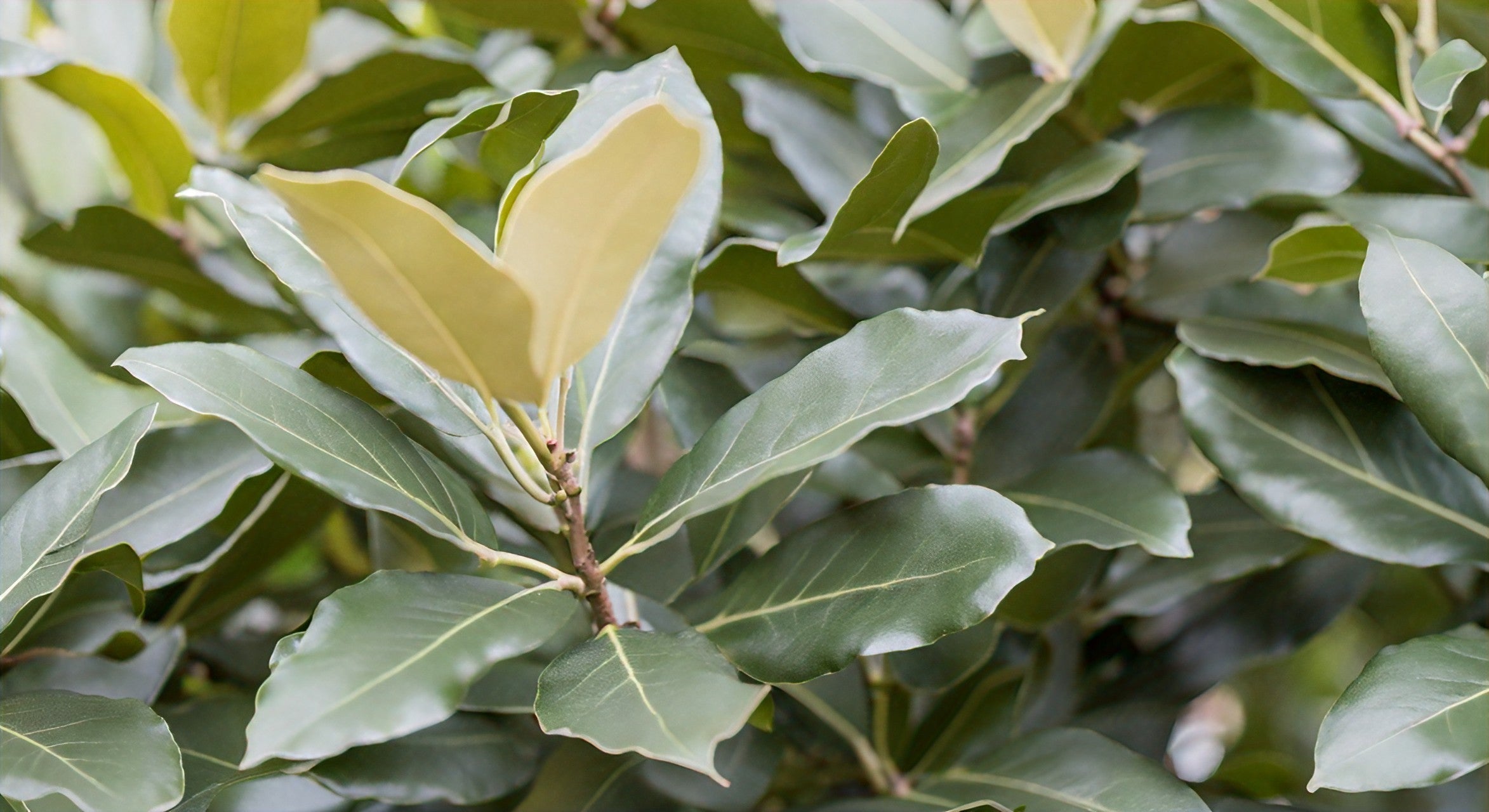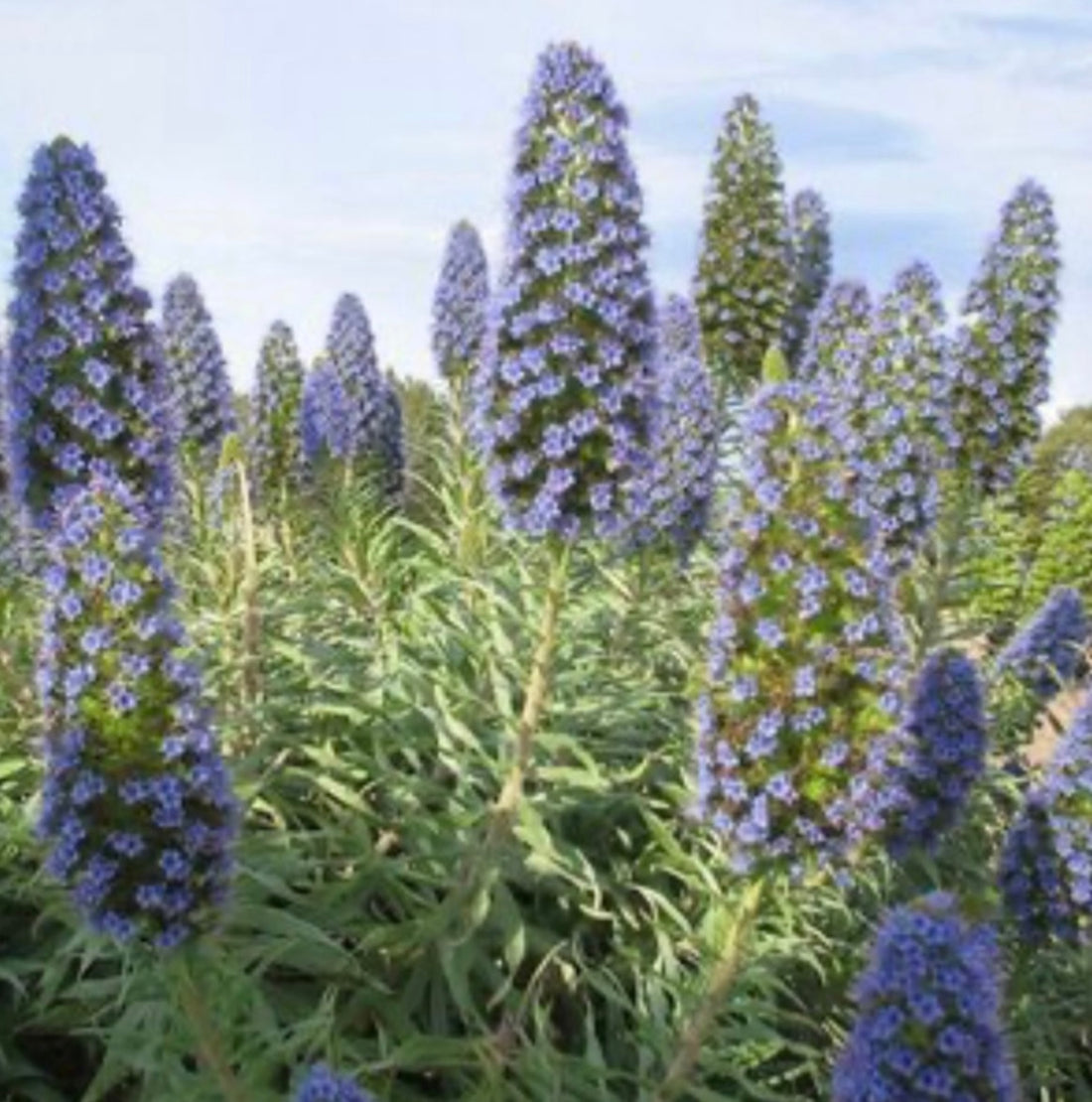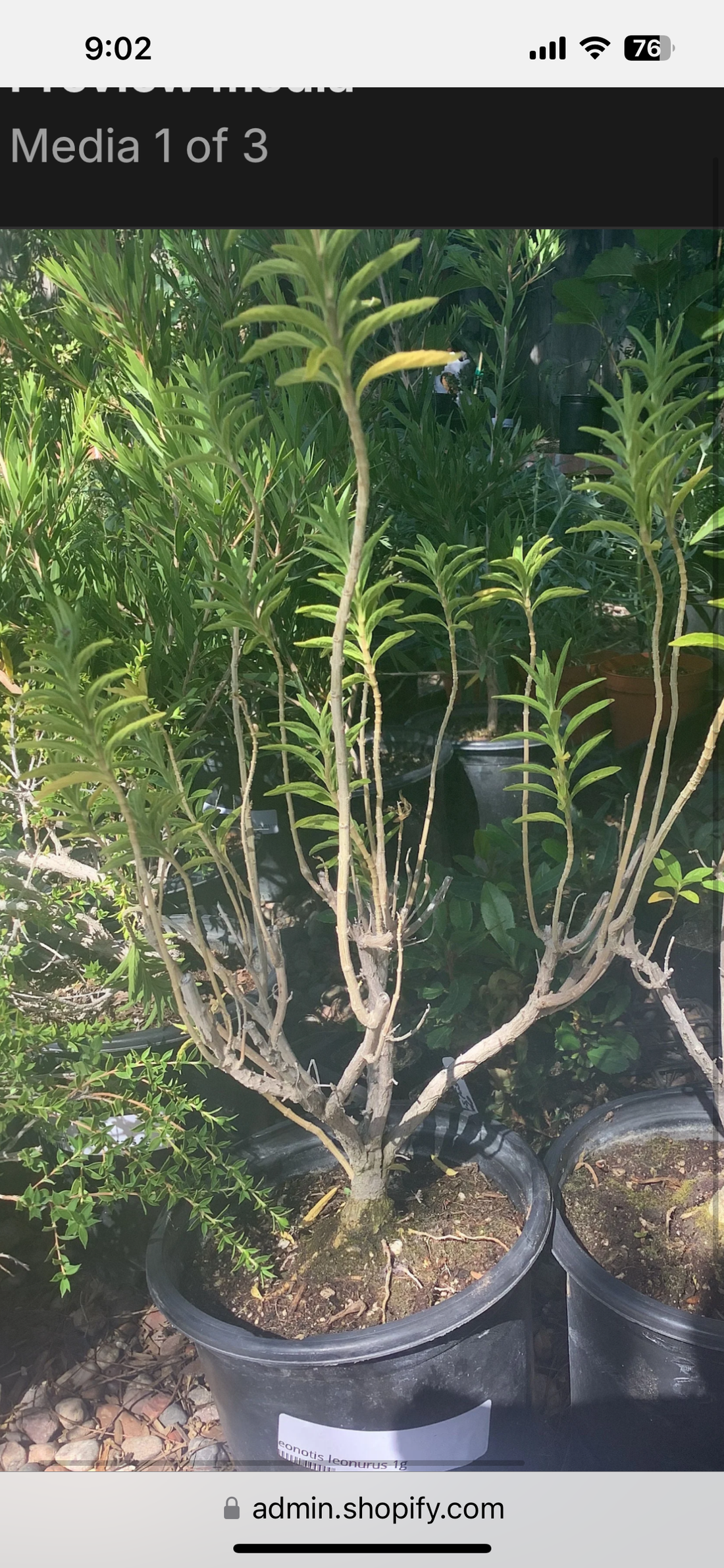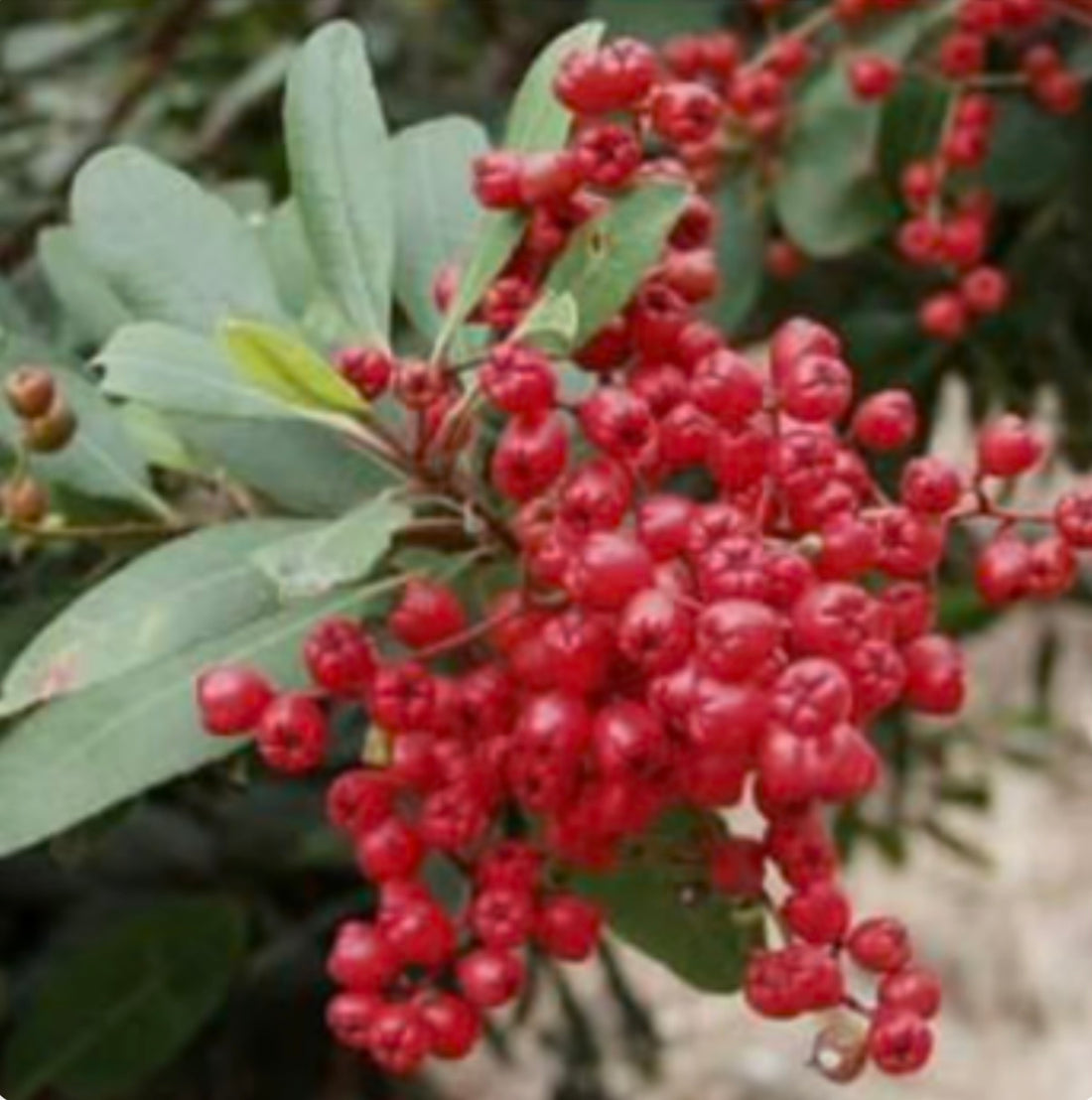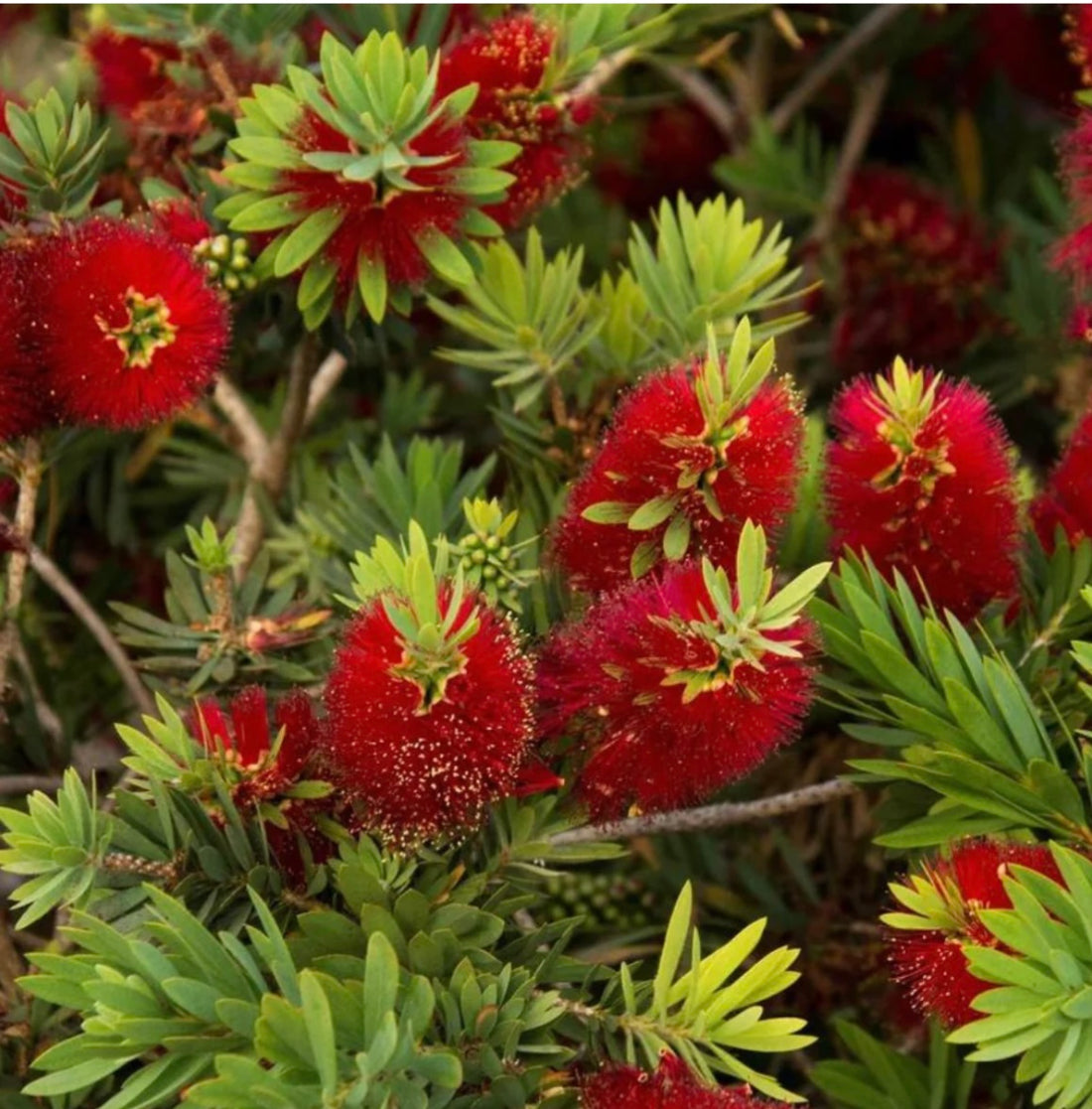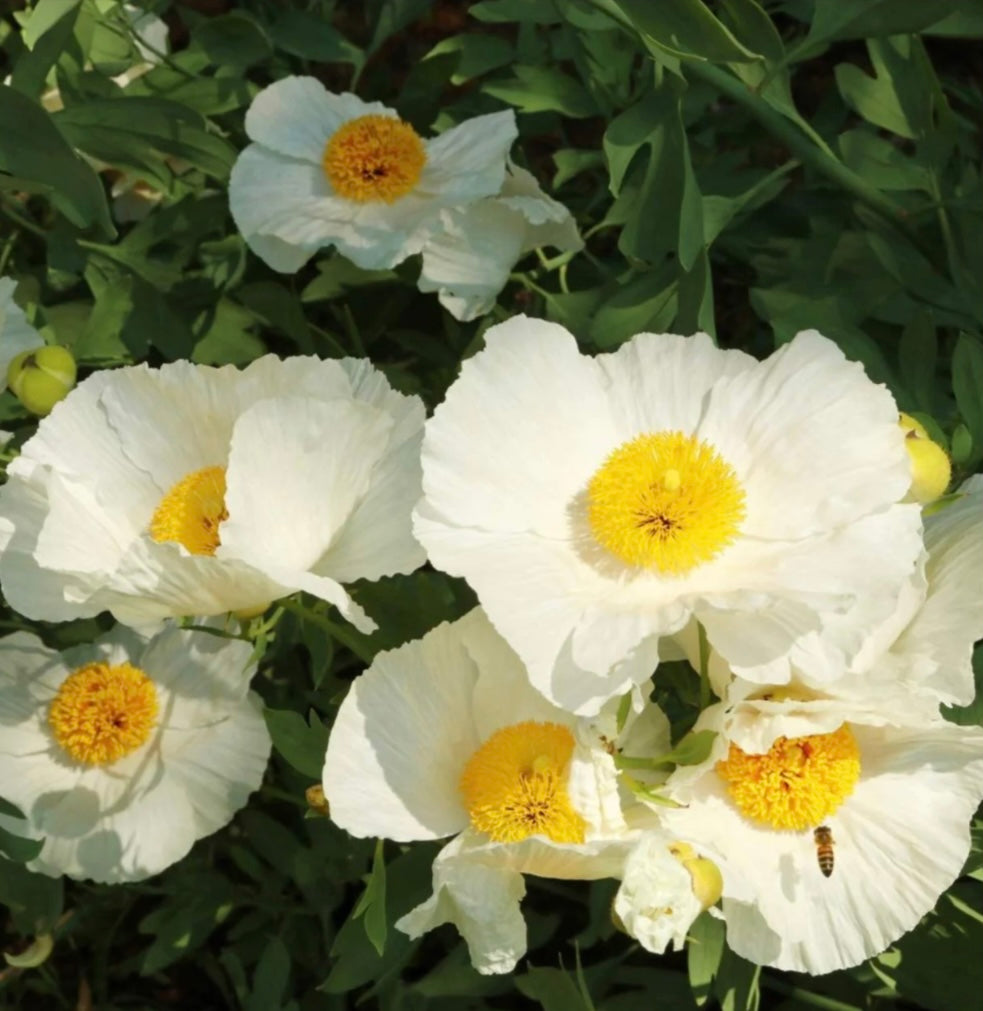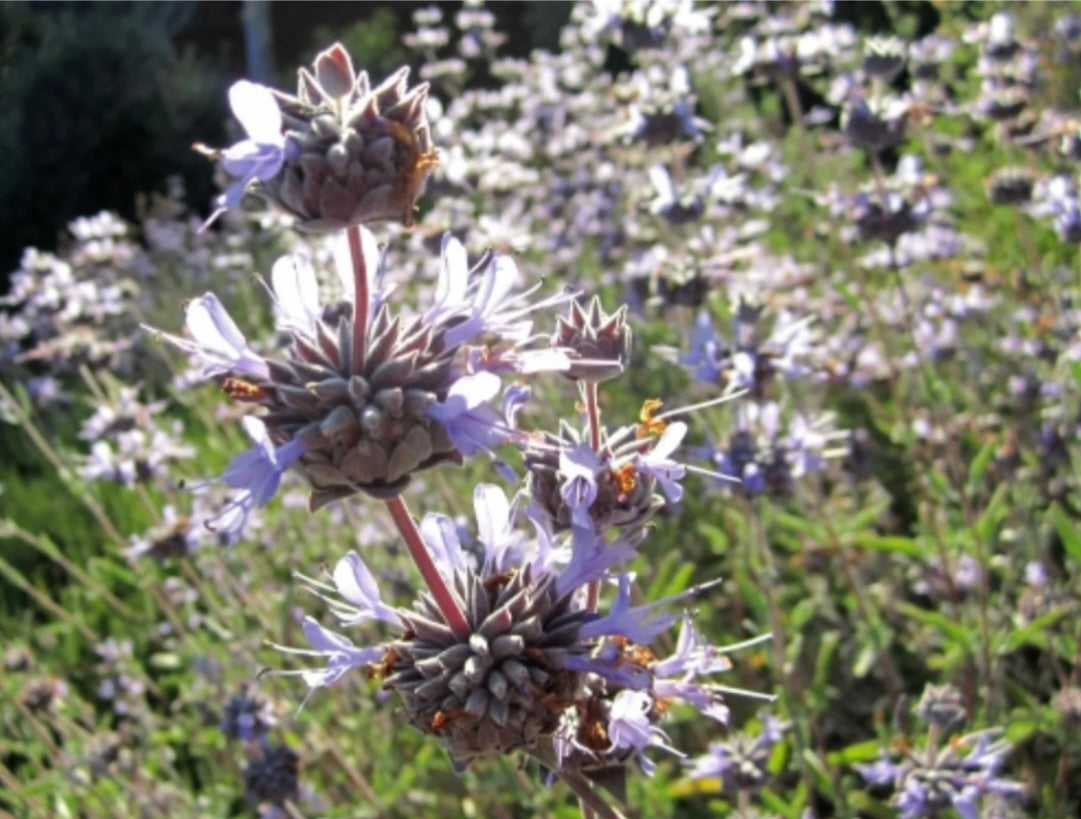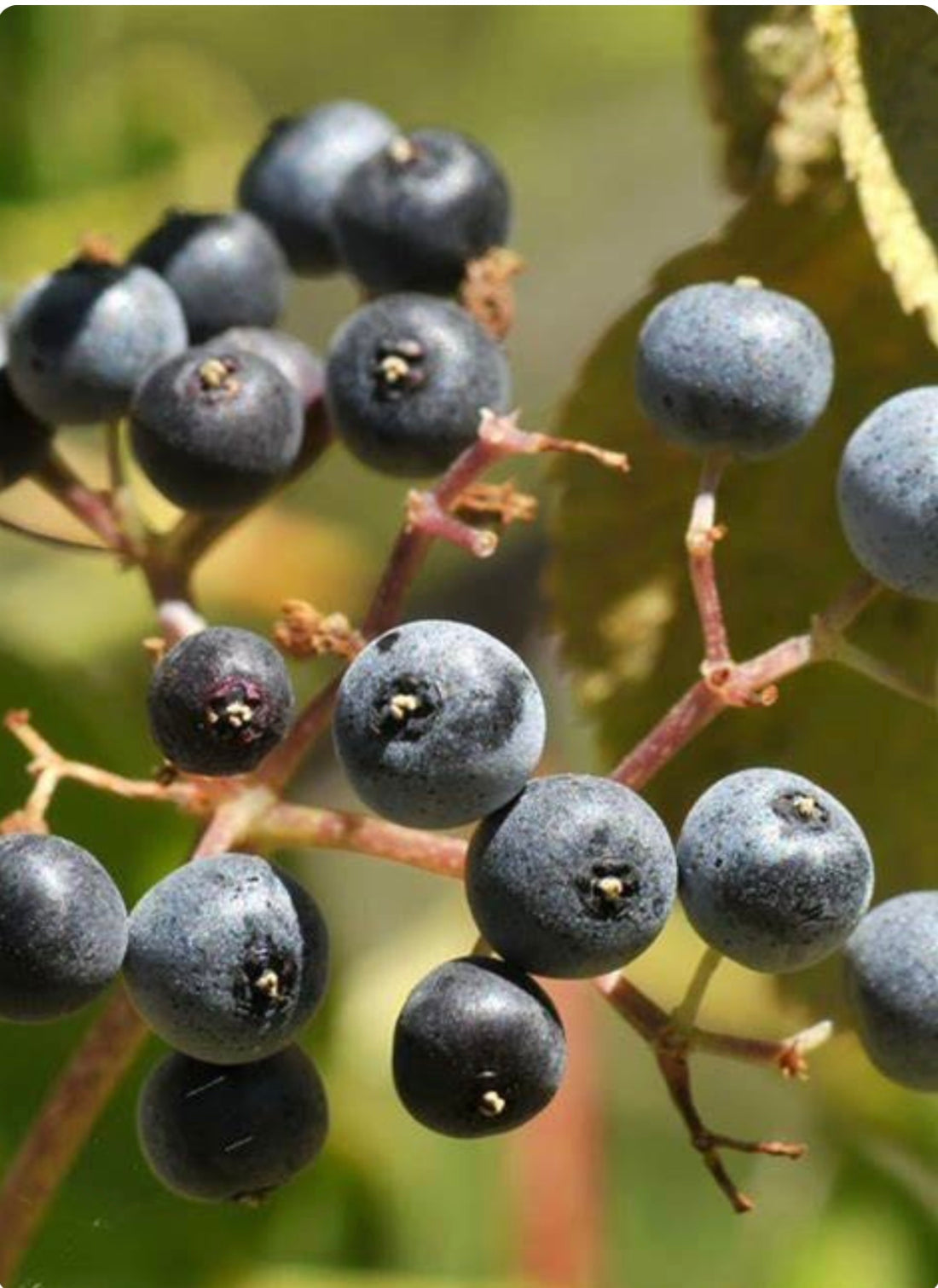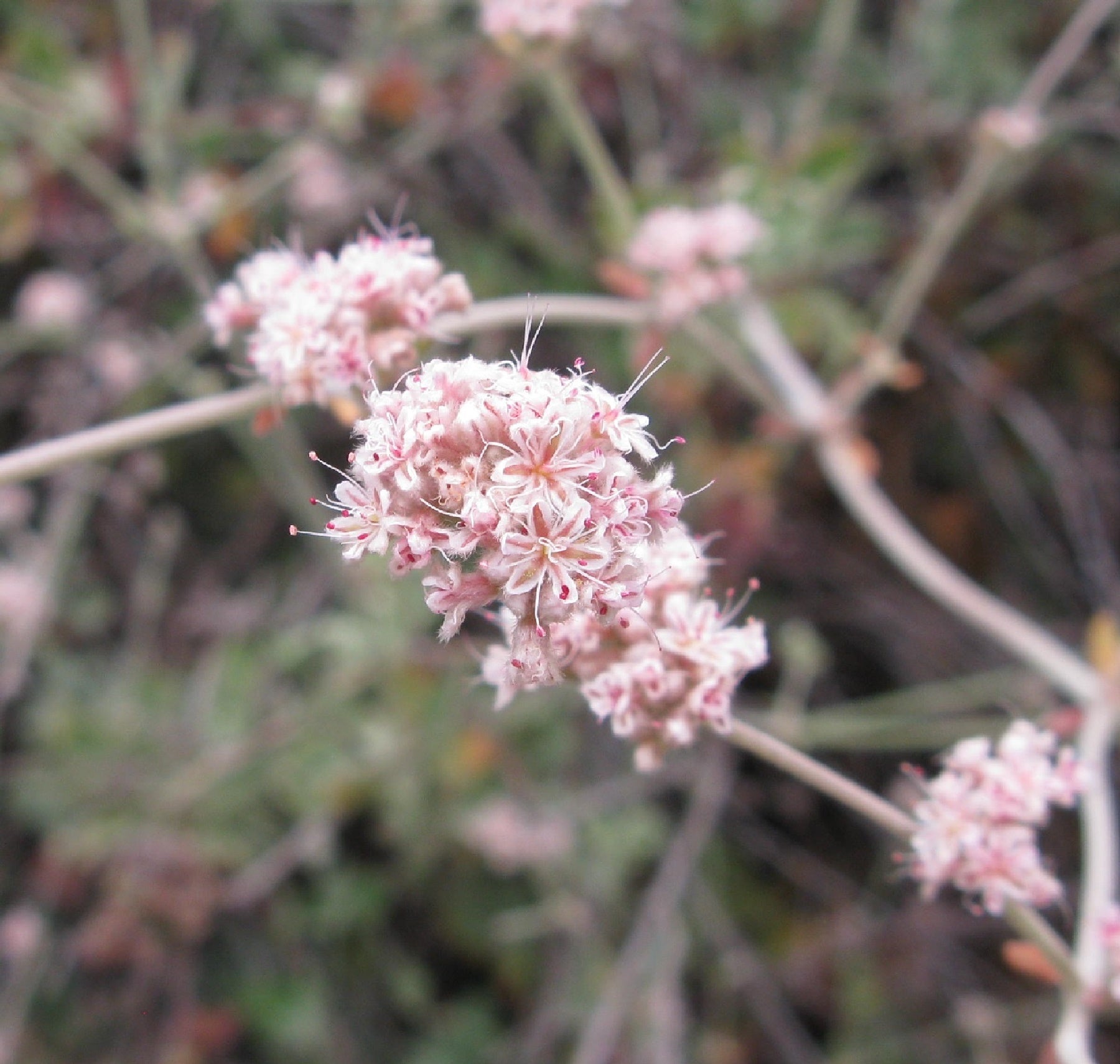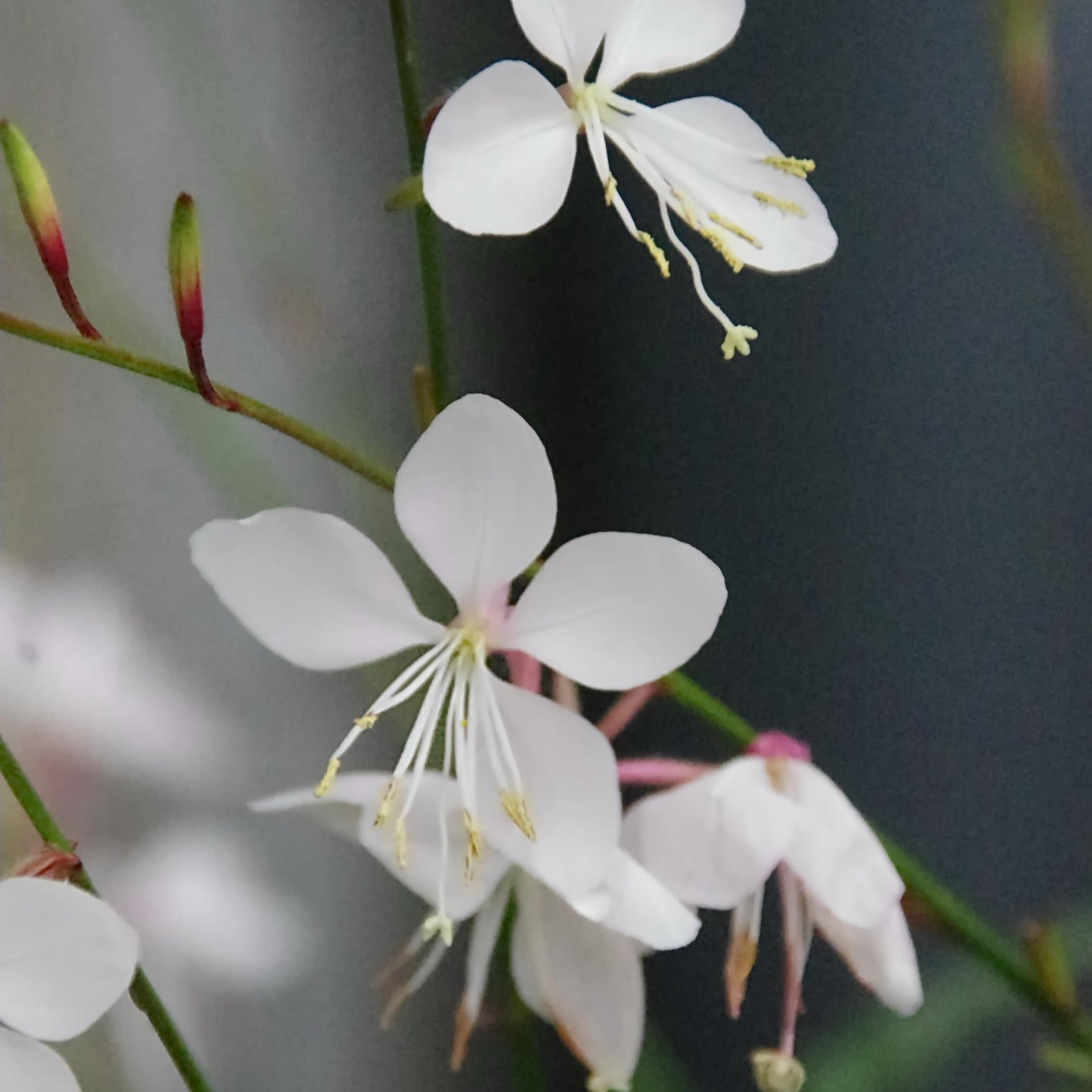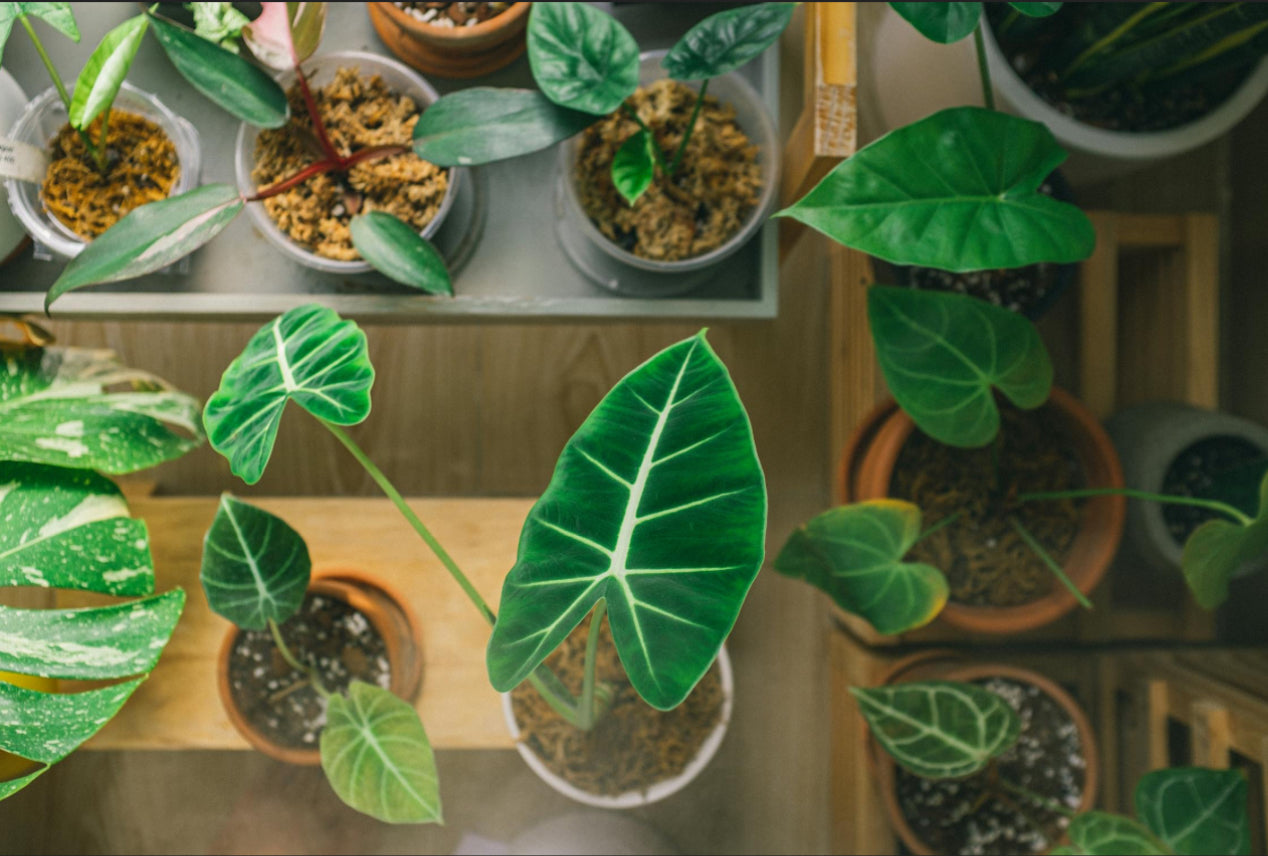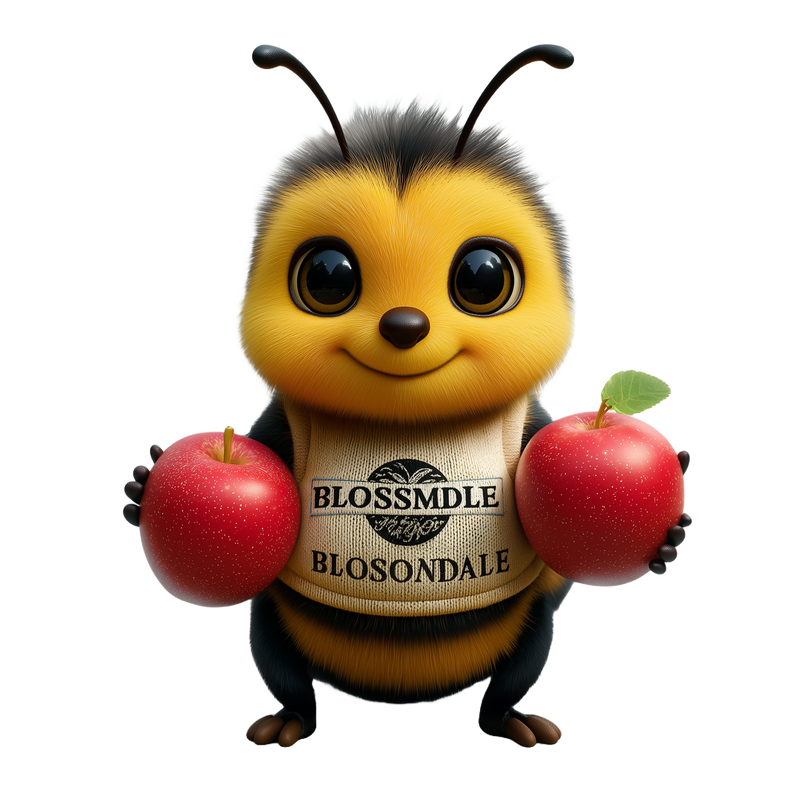Blogs
The Pride of Madeira Plant: A Beautiful Addition to Your Garden
The Pride of Madeira PlantThe Pride of Madeira plant, scientifically known as Echium candicans, is a stunning flowering plant that can add beauty and charm to any garden. Native to the island of Madeira, this plant has become popular worldwide for its striking appearance and ease of care.Key Features Beautiful blue or purple cone-shaped flower spikes Attracts bees, butterflies, and hummingbirds Drought-tolerant once established Evergreen with silvery-green leaves Growing TipsIf you're considering adding the Pride of Madeira to your garden, here are some essential growing tips: Plant in well-draining soil in a sunny location Water regularly until established, then reduce watering Prune after flowering to encourage new growth Benefits for PollinatorsThe Pride of Madeira plant is a favorite among pollinators due to its abundant nectar and vibrant flowers. By including this plant in your garden, you can support bee populations and enjoy the sight of butterflies and hummingbirds fluttering around.Final ThoughtsWith its striking flowers, drought tolerance, and wildlife appeal, the Pride of Madeira plant is a must-have for any garden enthusiast. Consider adding this beautiful plant to your outdoor space and watch it thrive and attract nature's finest visitors.
Learn moreYellow Bush Daisy for Low Maintenance Landscaping
The Yellow Bush Daisy (Euryops pectinatus) is proof that low-maintenance doesn’t mean low-impact. With its bright yellow blooms and soft, silver-green foliage, it brings a cheerful glow to gardens year-round—without constant watering or fuss. Gardeners often choose this plant when they want a landscape that stays vibrant with minimal care, especially in regions where summers run dry and hot. For homeowners looking to design a drought-tolerant, easy-care landscape, this plant is both reliable and rewarding. Is Yellow Bush Daisy a perennial or annual? Yellow Bush Daisy behaves as a perennial in warm regions, particularly USDA zones 9–11, where winter temperatures stay mild. In these climates, it holds its shape for years and continues blooming season after season. In colder zones, frost can kill back the plant or damage its woody base, causing it to behave like an annual. What Makes the Yellow Bush Daisy Drought-Tolerant? Its drought strength comes from its South African origins, where plants had to adapt to hot, dry, windy conditions with minimal rainfall. The small, dissected, silvery leaves naturally reduce water loss by reflecting sunlight and limiting transpiration. Beneath the soil, an efficient root system searches deep for moisture, allowing the plant to remain vigorous even after extended dry spells. These traits make Yellow Bush Daisy a standout choice for xeriscaping, water-wise gardening, and regions that experience seasonal drought. Landscapers value it for staying bright and full even when other shrubs begin to wilt. [productList] How do you grow Yellow Bush Daisy? Plant Yellow Bush Daisy in a bright, sunny location with well-drained soil to help it settle quickly. During the first few weeks, water consistently so the young roots can establish. Once mature, it becomes one of the easiest shrubs to maintain, thriving through heat and uneven rainfall. A little shaping after each bloom cycle keeps the plant rounded and full, while a light spring feeding supports new growth. Because it tolerates a wide range of soils and doesn’t require constant watering, it’s popular in both home landscapes and commercial plantings where low upkeep is essential. What soil is best for Yellow Bush Daisy? Good drainage is the most important soil requirement for this species. Sandy, gravelly, or loamy mixes allow excess water to escape quickly, preventing root rot. Although the plant tolerates poor soils, it struggles in heavy clay or compacted areas where moisture lingers. For gardeners in states like Florida or southern California, slight mounding or raised beds improve airflow and drainage around the roots. Adding small amounts of compost is fine, but avoid overly rich or wet soils. The plant naturally thrives in lean, fast-draining conditions. Which USDA Zones and U.S. States Are Ideal for Planting Yellow Bush Daisy? Yellow Bush Daisy grows best in USDA zones 9–11, where winters remain mild enough for the shrub to stay evergreen and productive. It performs especially well in states with warm, coastal or southern climates such as California, Florida, Texas, Arizona, Nevada, and parts of Louisiana. In colder states, it is better suited to containers that can be moved indoors or into sheltered areas during frost. Knowing your zone ensures the plant lives long enough to display its full flowering potential. How much sunlight does a Yellow Bush Daisy need? Full sun is essential if you want abundant blooms and dense foliage. Aim for at least six hours of strong, direct light each day. This exposure fuels continuous flowering and prevents the plant from stretching or becoming sparse. When grown in too much shade, Yellow Bush Daisy often produces fewer flowers, develops thin growth, and may lose its compact shape. Placing it in the sunniest spot you have—whether in a border, along a driveway, or on a patio—helps it maintain its signature bright, cheerful appearance. How often should you water Yellow Bush Daisy? Once established, the plant’s watering needs are minimal. During the first month, keep the soil lightly moist to help the roots anchor. After that, a deep watering once a week is usually enough, even through warm weather. In very hot climates, increase slightly if the soil dries too quickly. Overwatering is a common mistake and often leads to yellowing leaves or fungal issues. Allow the top layer of soil to dry out between waterings so the plant can rely on its natural drought adaptations. When does Yellow Bush Daisy bloom? This shrub earns its popularity through its long and generous flowering window. In warm climates, blooms may appear nearly all year, with a strong surge of flowers from late winter through spring. Each daisy-like bloom rises above the silver-green foliage, creating vivid color that shows beautifully from far away. Regular deadheading encourages even more flowering and keeps the plant neat. In cooler climates, the bloom period shortens but remains reliably bright throughout the warm months. Why is my Yellow Bush Daisy not blooming? Lack of sunlight is the most common reason. Other factors include too much water, exhausted soil, or old, unpruned stems. Giving the plant a sunnier location, improving drainage, feeding lightly in spring, and trimming back leggy growth often restores healthy flowering. Pruning and Maintenance Tips for Long-Lasting Blooms Regular trimming keeps the shrub compact, encourages repeat flowering, and prevents woody, leggy growth. Lightly shape the plant after each blooming cycle by removing faded flowers and tidying uneven stems. A deeper prune in early spring revitalizes older plants and stimulates fresh growth for the new season. Clean cuts made just above leaf nodes help the plant branch evenly and maintain its rounded form. Pest and Disease Resistance of Yellow Bush Daisy Yellow Bush Daisy is naturally resilient, thanks to the aromatic compounds in its foliage that deter many insects. It rarely faces serious pest problems, though occasional aphids or whiteflies may appear during stress periods. A gentle rinse or a light neem oil application resolves most issues. The more serious risks come from soggy soil, which can trigger root rot or fungal spots. Planting in well-drained soil and avoiding overwatering helps keep the shrub consistently healthy. Best Uses in Landscaping: Borders, Containers, and Mass Plantings Yellow Bush Daisy shines in nearly any garden style. Its bright flowers make a cheerful border along paths and driveways, while mass plantings create a sweeping display of yellow that stands out from a distance. In containers, it brightens patios and entryways and pairs well with other sun-loving drought-tolerant plants. Its dependable structure and year-round greenery make it a reliable anchor plant for low-maintenance landscapes. Conclusion Beyond beauty, it’s practical—resilient to heat, wind, and neglect. Whether you’re designing from scratch or refreshing a tired garden bed, Euryops pectinatus brings instant brightness and structure to your landscape.
Learn moreAll You Need to Know About Lion’s Tail Plant
The Majestic Lion’s Tail PlantThe Lion’s Tail plant, also known as Leonotis leonurus, is a striking perennial shrub native to South Africa. This plant is named for its unique flower spikes that resemble the bushy tail of a lion. Here's everything you need to know about this fascinating plant:Characteristics of the Lion’s Tail Plant Height: The Lion’s Tail plant can grow up to 6 feet tall, making it a prominent feature in any garden. Flowers: The plant produces vibrant orange tubular flowers that attract birds, bees, and butterflies. Foliage: The leaves are dark green and arranged in whorls along the stems, adding to the plant's ornamental appeal. Cultivation and CareIf you're considering adding the Lion’s Tail plant to your garden, here are some essential tips for cultivation and care: Location: Plant in full sun for the best flower production. Soil: Well-draining soil is crucial to prevent root rot. Watering: Water regularly, especially during dry spells, but avoid waterlogging the soil. Pruning: Trim the plant after flowering to maintain its shape and encourage new growth. Propagation: Propagate through seeds or stem cuttings in spring for new plants. Benefits of the Lion’s Tail PlantAside from its visual appeal, the Lion’s Tail plant offers several benefits: Attracts Pollinators: The vibrant flowers attract pollinators like bees and butterflies to your garden. Medicinal Uses: In traditional medicine, the plant is used to treat various ailments, thanks to its reported medicinal properties. Drought Tolerance: The plant is relatively drought-tolerant once established, making it a low-maintenance choice for arid climates. With its striking appearance and easy care requirements, the Lion’s Tail plant is a fantastic addition to any garden. Consider adding this majestic plant to your outdoor space to enjoy its beauty and benefits.
Learn moreToyon Christmas Berry Heteromeles arbutifolia
The Toyon Christmas Berry, also known as Heteromeles arbutifolia, is an evergreen shrub native to California
Learn moreAfghan Pine Tree Guide: Growth, Care, Propagation, and Maintenance
What Are the Main Afghan Pine Varieties and How Do You Choose One? Not all Afghan Pines are the same. Cultivars vary in height, canopy density, and needle color, making it important to match the tree to your region and design goals. ‘Eldarica’ – suited for dry, hot climates with full sun. ‘Mondell’ – upright, uniform, tolerant of wind and poor soils. ‘Desert Green’ – deep green foliage, adaptable to varied soil conditions. When choosing a variety, consider soil type, water availability, and long-term space. Afghan Pines can reach 30–60 feet tall, so they need room to grow. How Fast Does the Afghan Pine Tree Grow? Afghan Pines grow at a moderate rate, establishing quickly in warm, dry regions and forming a strong central leader as they mature. How Big Does an Afghan Pine Tree Get? Afghan Pines can reach 30–60 feet in height with a full, pyramidal canopy. Their mature size makes them best suited for wide, open spaces where they can develop naturally. What Climate Is Best for Afghan Pine Trees? Afghan Pine (Pinus eldarica) thrives in arid to semi-arid climates with hot summers and mild winters. It performs best in USDA Zones 6–9, where temperatures rarely drop below -10°F (-23°C). These zones provide the warmth and sunlight Afghan Pine needs to establish strong growth and dense foliage. In cooler climates within Zone 6, protect young saplings during the first few winters with mulch around the root zone and, if needed, temporary windbreaks to prevent frost damage. Is Afghan Pine Drought-Tolerant? Afghan Pine is a cornerstone of sustainable, low-water landscapes. Once established, it thrives with minimal irrigation, making it ideal for xeriscaping or Mediterranean-inspired gardens. Its deep roots anchor it through long dry seasons while shading nearby groundcover to conserve soil moisture. How Much Sunlight Does an Afghan Pine Require? Full sun is essential. Afghan Pine needs several hours of direct light daily to maintain strong growth and dense needles. How Much Water Does an Afghan Pine Need? Deep, infrequent watering supports healthy root development. Once mature, the tree requires far less irrigation and tolerates extended dry periods. What Soil Type Is Best for Growing Afghan Pine? Afghan Pine grows best in well-draining soils and tolerates poor or rocky ground. Consistent drainage is more important than soil fertility. How Often Should You Fertilize Afghan Pine Trees? Fertilize only as needed based on soil condition. Light, periodic feeding supports young trees, while mature Afghan Pines often require none. How Does Afghan Pine Help With Erosion Control and Soil Stabilization? Thanks to its strong root network, Afghan Pine is a natural solution for erosion control on slopes, hillsides, or areas prone to runoff. Its roots bind soil effectively while the canopy reduces water impact on the ground. Landscape architects often use Afghan Pines in reforestation and land reclamation projects where durability matters as much as beauty. How Can Afghan Pine Be Used in Ornamental and Suburban Landscaping? This tree brings year-round greenery and structure to residential and public spaces. Its symmetrical form suits driveways, street borders, and open lawns. Afghan Pines blend well with soft-textured companions like Mexican Sage, Jerusalem Sage, and Velvet Leaf Elephant Ear, balancing ruggedness with color and movement. What Wildlife and Pollinator Benefits Do Afghan Pines Provide? Afghan Pines are not native to North America but offer ecological value. The dense canopy provides nesting sites for songbirds, while the seeds attract finches and other small wildlife. Their presence supports a wider web of garden life, complementing pollinator-friendly plants such as Black Sage, Goji Berry, and Strawberry Verte Fig Tree. How Do You Propagate and Plant Afghan Pine Trees? Growing Afghan Pine from seed is practical and rewarding. Seed collection: Choose cones that have matured and opened naturally. Stratification: Soak seeds, then refrigerate 30–45 days to mimic winter dormancy. Planting: Sow seeds in well-draining soil with access to full sunlight. Transplanting: Move young saplings to their permanent spot once 8–12 inches tall. Spacing: Allow 30–40 feet between trees to accommodate mature canopy spread. What Are the Seasonal Care, Pruning, and Common Challenges for Afghan Pine? Afghan Pines require minimal maintenance once established. Watering: Deep, infrequent watering during dry months encourages strong roots. Pruning: Trim lower or crossing branches in late winter to maintain structure. Pests: Watch for bark beetles or pine tip moths, which target stressed trees. Proper watering and mulching reduce vulnerability. What Pests or Diseases Affect Afghan Pine Trees? Bark beetles and pine tip moths are the main pests. Fungal diseases may appear in poorly drained or stressed trees. Maintaining proper soil moisture and monitoring health prevents most issues. Why Are the Needles on My Afghan Pine Turning Brown? Needle browning often indicates stress from pests, underwatering, poor drainage, or environmental strain. Check soil moisture, prune dead branches, and ensure proper sunlight exposure. How Long Does an Afghan Pine Tree Live? Afghan Pines typically live 50–100 years, making them reliable long-term landscape trees. Are Afghan Pine Low-Maintenance? They are low-maintenance, shedding minimal debris and requiring only occasional pruning and deep watering during extended dry periods. What Is the Cultural, Historical, and Symbolic Significance of Afghan Pine? Native to Afghanistan and surrounding regions, the Afghan Pine has long symbolized endurance and peace amid harsh landscapes. Historically used as a windbreak and shelter tree, it represents stability and strength — qualities that translate beautifully into modern garden storytelling.
Learn moreLittle John Bottlebrush
The Little John Bottlebrush (Callistemon plant) is an evergreen shrub that is native to Australia
Learn moreGrow a Tree Poppy for California Native Gardens
The Tree Poppy, also known as Romneya Coulteri, is a beautiful and unique flowering shrub native to California
Learn moreCleveland Sage
The Cleveland Sage (Salvia clevelandii) is a beautiful flowering shrub native to California and the southwestern United States
Learn moreGrow Elderberry Plants for Delicious Edible Fruit
Elderberry plants are a great way to enjoy delicious, edible fruit right in your own backyard
Learn more





